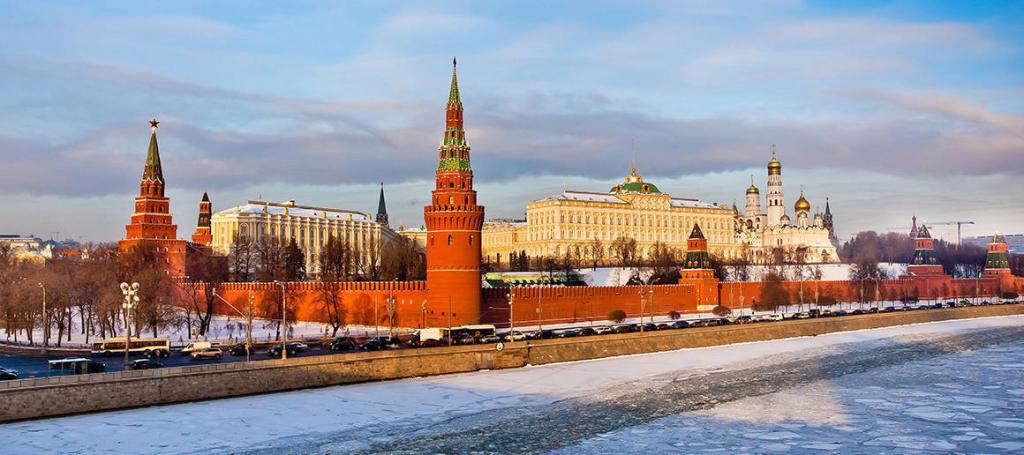Moscow is the largest city and capital of the Russian Federation. It has federal significance, is the largest economic center and transport hub of the country. It is also an important tourist center. Among the cities of Russia, Moscow is the leader in terms of the number of inhabitants. 12 and a half million people live here. The city is in the top ten cities in the world in terms of population. It is the center of the Moscow agglomeration. The territorial and administrative division of Moscow is based on the principle from large to small.
Moscow is located on the East European Plain, on the Moscow River.
Geographical position
The city is located in the center of the European territory of Russia, in temperate latitudes. The terrain is flat and the highest point has a height of 255 m. The climate is temperate continental, with well-defined seasons of the year. Winter is cool, moderately frosty. Summer is very warm, but generally not hot. Due to climate warming, the average temperature is gradually rising. This is especially pronounced in winter. The amount of precipitation is 707 mm per year.
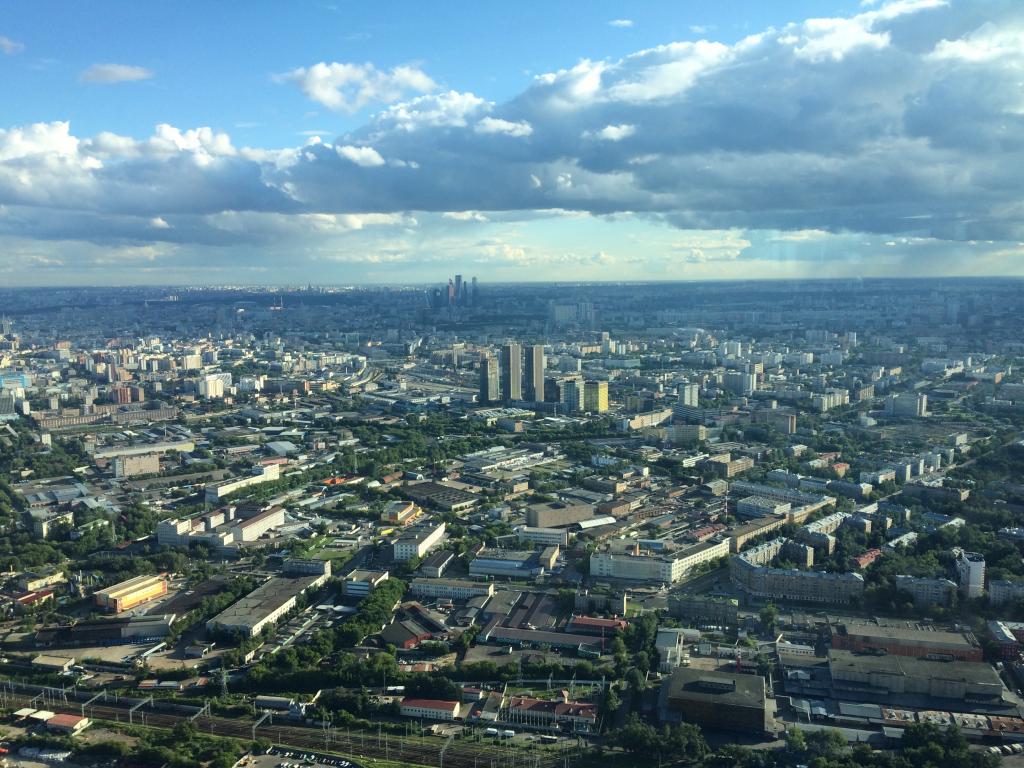
Despite the dense buildings, the city has a lot of green spaces. They are concentrated in forests and park areas. The largest natural site is the Elk Island National Park, part of which is located within the city.
Administrative division of Moscow
Moscow has a complex administrative-territorial division. The largest units are counties. There are 12 of them. The largest in area is the Trinity Administrative District, which is located in the south-west of the Russian capital. Zelenogradsky is generally located separately from the rest of the city, in the north-west of it.
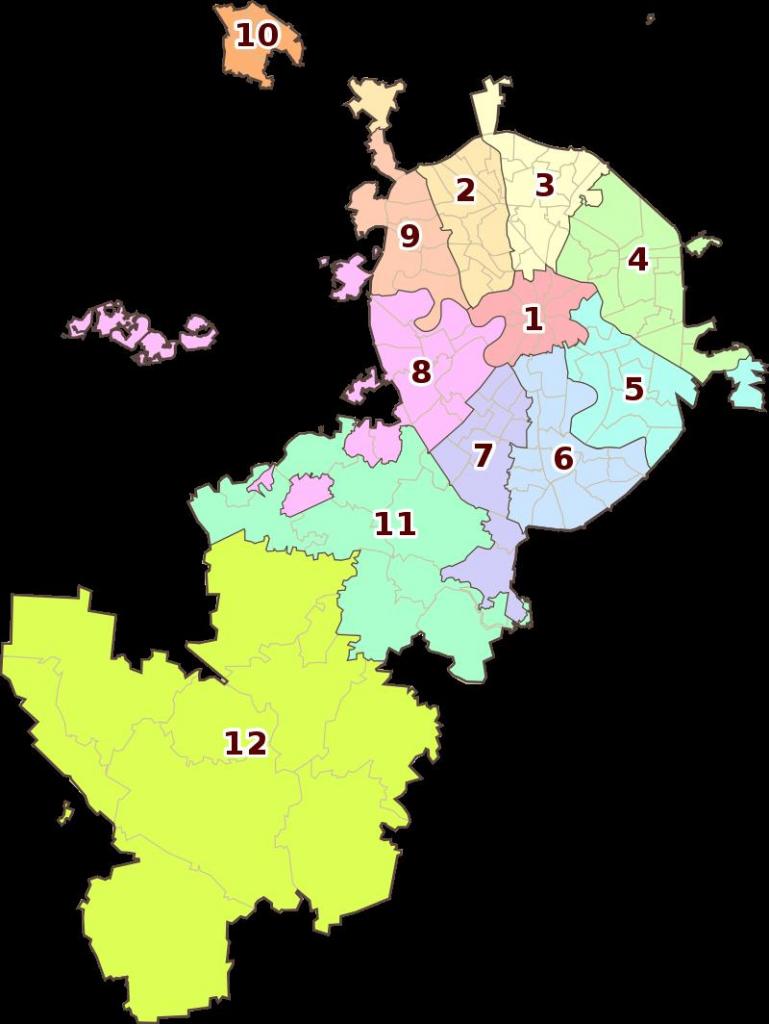
Each administrative district consists of several districts or settlements. With the exception of three districts, their names are geographically referenced and named according to their location within the MKAD: Central, North-West, West, South-West, South, South-East, East and North-East districts.
Administrative division of Moscow by region
The districts are smaller territorial units and are largely related to the history of the city. They stood out taking into account geographical, historical, infrastructural, architectural features, as well as socio-economic, transport, engineering and other characteristics. In total, there are 125 districts in the capital.
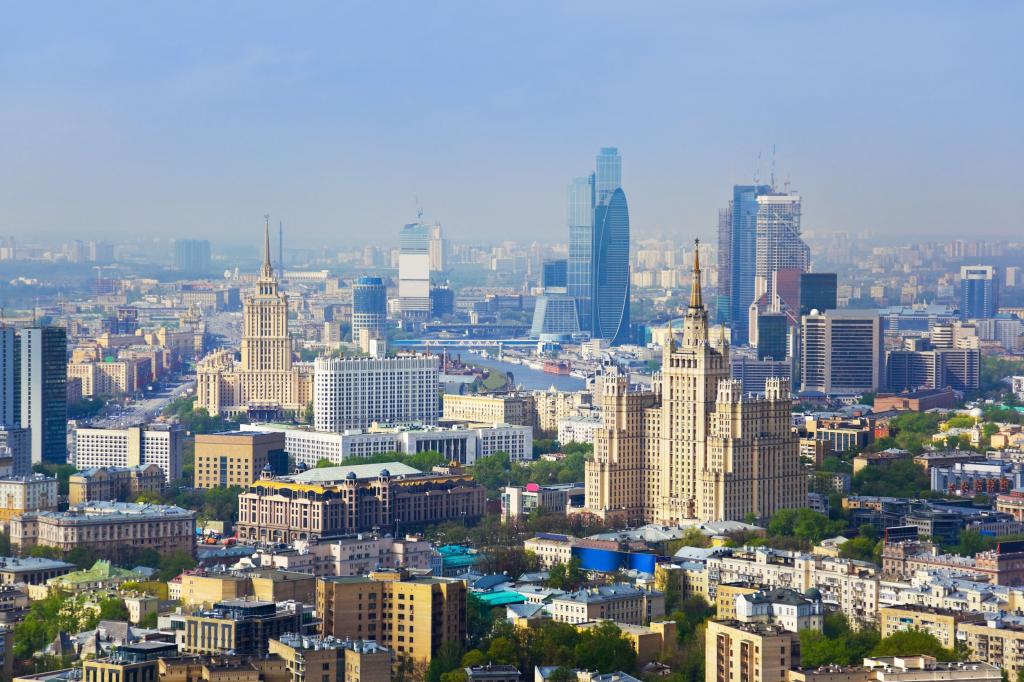
The settlement is another territorial unit. They appeared along with the Trinity and Novomoskovsk administrative districts, which are located in the south-west of the capital. This happened on July 1, 2012, when the district data was added, which led to a sharp increase in the size of the city. At the same time, the number of districts has not changed, since only districts are included in these districts. Both of these new constituencies have in common control.
Population of administrative districts and ecology
The largest number of residents live in the South-Western administrative district of the capital. Here it is 1176 thousand people. The least populated is Zelenograd (217 thousand people). Industrial are considered the Eastern and Southeastern districts of Moscow. As for the level of pollution, in addition to these two, it is also high in the Central District of Moscow. In the latter case, transport pollution and remoteness from the outskirts obviously affects. The most polluted areas are Maryino, Kapotya, Kosino-Ukhtomsky. This is due to the work of enterprises.
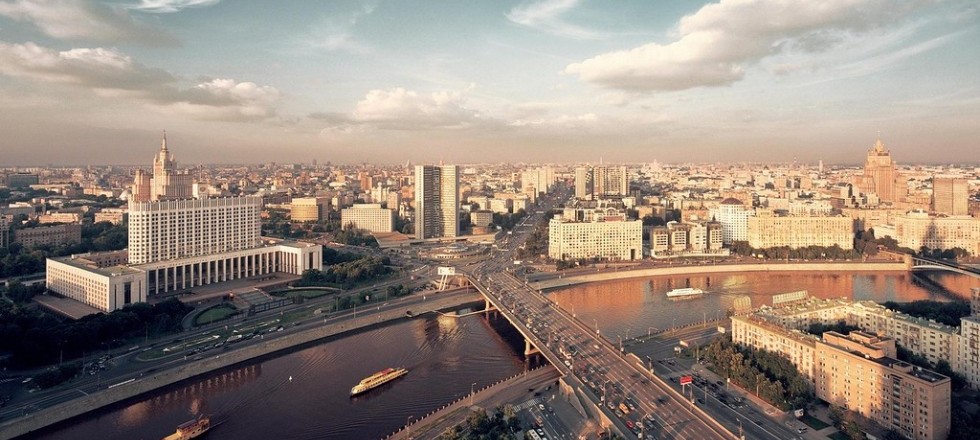
Administration of territorial units
In accordance with the Constitution of the Russian Federation, Moscow is recognized as an independent entity, since it is a city of federal significance. Although the country is governed by the Kremlin, which is located in the capital, the city itself is subordinate to the Moscow government, which is headed by the mayor of the city.
In each administrative district of the capital there are local governments - the so-called prefectures, and in the districts - district governments. Municipalities are the executive bodies of local self-government. The work of the prefecture of the capital and district governments is determined in accordance with the Charter of the city and other documents.
Thus, the administrative division of Moscow is largely connected with the history of the development of the capital and the expansion of its borders. The main territorial units are counties, districts and settlements.
